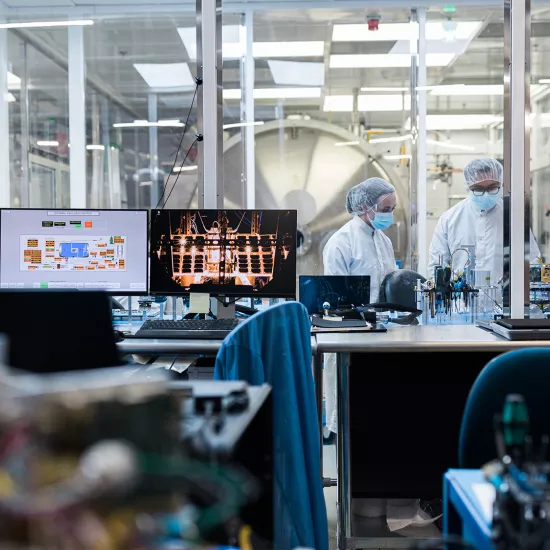Queer in the Suburbs: Hidden histories of Peel Region

“Groundbreaking” research from U of T Mississauga is creating a new record of the unique experiences of LGBTQ2+ people living in Canada’s suburbs.
The Queer Peel Oral History Project collects first-person oral histories from current and former LGBTQ2+ residents of Peel Region and establishes an important new archive of suburban queer experiences. Select stories will also be featured in an upcoming exhibit at the Brampton-based Peel Art Gallery Museum + Archives (PAMA).
“Almost all of our (Canadian) materials are about urban life in cities,” says historical studies professor Elspeth Brown who launched the new third-year undergraduate course, LGBTQ2+ Oral History: Queer Peel, in January. “There is very little academic study of queer suburban life in the United States, and virtually none in Canada. As a scholar, it perplexed me that there was this hole in the histiography and literature.”
“There is an assumption that queer folks have to go to the city. While that was true for some, it certainly isn’t true for everyone,” she says. “Being a sexual or gender minority in a place like Mississauga or Brampton is a lot different from being LGBTQ2+ in downtown Toronto.”
Brown notes that queer experiences have often been recorded through medical or legal documents that tell only part of the story. “The only way to change that is by creating new archival material and primary sources,” she says. “Oral histories are critical for something that has been relatively undocumented until now.”
That lack of documentation makes suburban regions like Peel a rich source of previously untapped historical material about queer, trans, non-binary and other LGBTQ2S+ people. Since European settlers arrived in the 1800s, Peel Region has grown to 1.4 million residents living in rural areas and mid-sized suburban cities of Brampton, Mississauga and Caledon.
Brown hopes the project will fill gaps in Peel’s local history and reveal how suburban location and patterns of migration, economics, ethnicity and religion have played a unique role in shaping the identities of queer people living in Peel Region, and vice versa.
“Telling these stories helps to add voices to our collective history, and puts the experiences of queer folk in suburbia on the record,” Brown says.
Students interviewed current and former LGBTQ2+ residents of Peel Region, alumni of the campus and other groups about their experiences of finding queer people, places, and things in their area, gaining hands-on experience with the process of collecting oral histories and managing the resulting archival materials. The collected histories will be archived in U of T’s digital repository and curated into digital exhibit launching in May 2020.
Select histories from the UTM project will also be incorporated into PAMA’s first-ever exhibit focused on LGBTQ2+ history. Set to launch in May
2021, Out in Peel will feature first-person stories, artistic and creative work reflecting the diversity of Peel Region’s queer community.
“What the students are doing at UTM is groundbreaking and unique,” says Sam Cronk, senior art curator with PAMA. “This will become an oral record that is irreplaceable, and a major cornerstone of this exhibit.”
Cronk is a member of Peel’s transgender community. “These are not always easy stories to tell,” he says. “It’s a very different experience today from what it was 40 years ago, but it’s still not an easy thing to be transgender, to come out to your parents when you’re young, or find wide acceptance.”
“One of the best ways to dismantle tension or bigotry is through conversation, exposure and normalisation of the diversity of our experiences,” Cronk continues. “These stories create an opportunity for conversation and connection.”
Read more:
- Explore the Queer Peel Oral History Project
- LGBTQ2+ Oral History: Queer Peel
- Peel Art Gallery Museum + Archives (PAMA)
- Audio files: LGBTQ+ oral histories live on in new digital archive



